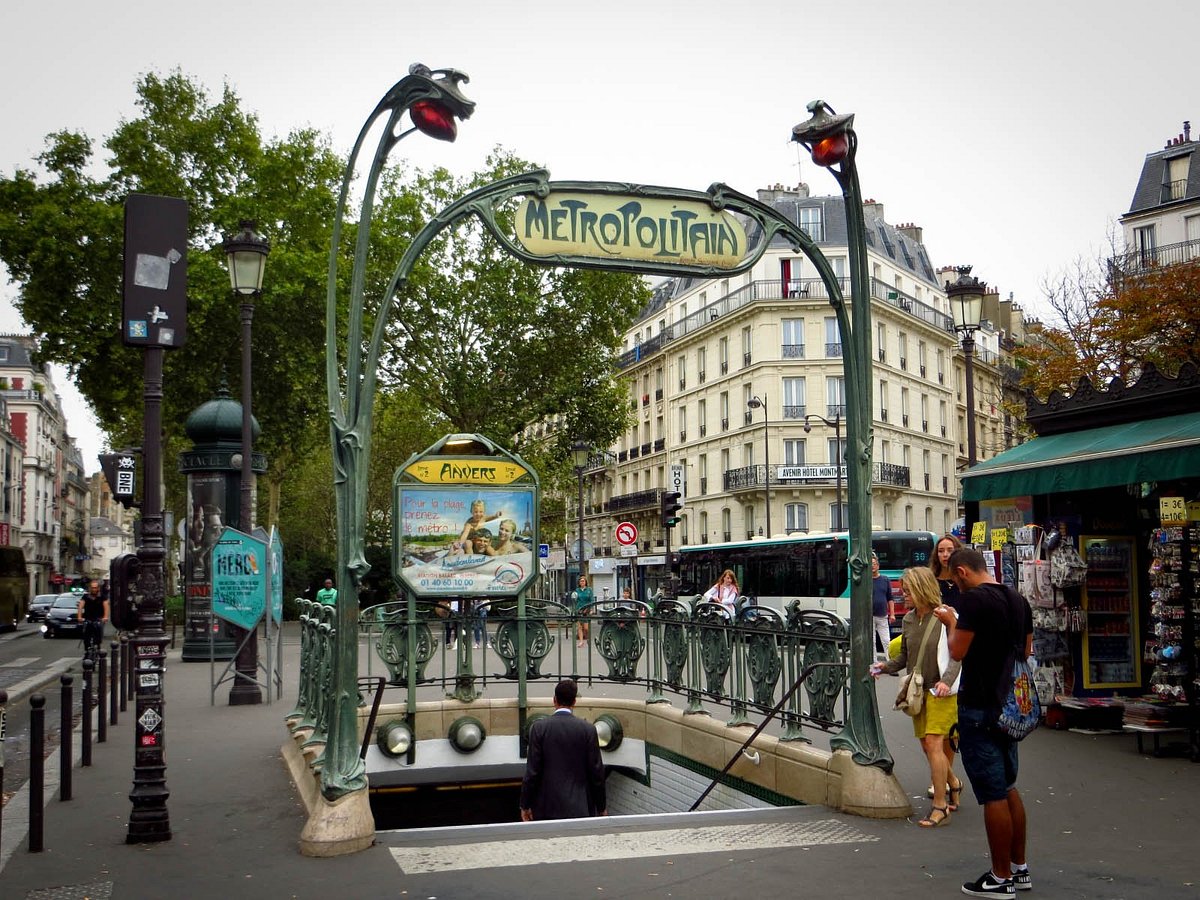The phrase “In Map We Trust” has come up often in our class, suggesting that the user relies heavily on maps automatically assuming their guidance is reliable. But what about signs? Do we trust them the same way we trust maps? This question came to my mind after an incident at the NYUAD Arts Center.

There was a sign on a side door saying “THIS IS NOT AN ENTRANCE. THE DOOR DOES NOT OPEN”. If I generally believed signs, I would never try to pull this door, but I did —and it opened! This means that anyone who followed the sign would have gone all the way around to the main entrance unnecessarily. However, there are certain signs at NYUAD, like those on emergency doors, that I would never test. On our campus, using an emergency door triggers a loud fire alarm, which will sound at any time (even when the actual fire alarm is on as well!). Using these doors by mistake has taught me to be very cautious about emergency exit doors and to take these signs very seriously. Ironically, when we were studying away in Paris, the staff had to specifically tell us not to be afraid to use the stairwell doors in the building, even though the signs indicated they were emergency exits.
These various interactions with signage has led me to wonder about the overall reliability and accuracy of signs. How many of them are outdated, different, or simply wrong? Remaining in place just because they have always been there?
This raises further questions about the feasibility and necessity of ensuring all signs are reliable. Is it realistically possible for every sign to be consistently reliable? Moreover, do all signs need to strictly adhere to guidelines and rules, or is there room for some flexibility depending on the context and environment?
Take our campus as an example: the Arts Center, the Library, academic and residential buildings, all of which have different signage. For example, the Arts Center has unique neon signs which none of the other departments on campus have, the Library relies heavily on roll-up banners, and residential buildings are a lot influenced by students (handwritten notes like “do not remove my clothes from the dryer” are very common and shape the feel of each building). Even though there might be a general plan for campus signs, “life happening” is inevitable. For example, signs on residential buildings were recently installed to replace the old ones. The new plaque’s dimensions do not match the old ones, meaning the new signs don’t perfectly fit over the slots in the wall made in the past. This small but noticeable detail catches my eye every time I enter these buildings. For someone who pays close attention to details, these differences stand out and potentially hurt…








Another set of details is the aftermath of the “COVID signage” left around campus, which reminds me of those challenging days. Most of them are marks from the stickers that were installed back then. While they look quite strange, they remind COVID students like me about the struggles of the pandemic and how we collectively overcame it. The signs themselves are gone, but they still keep the memory alive… it’s funny to think that younger classes will never know their meaning.


However, these inconsistencies are not a significant problem for finding your way around campus. They simply add character and reflect the ongoing changes and adaptations within our relatively young campus environment. While it might be ideal for all signs to be completely reliable and uniform, our diversity in signage adds a unique touch that reflects the lively community of NYUAD. Questioning the signs we follow is crucial to reaching our destination, especially when they might lead us in the wrong direction. This is especially true in unfamiliar places where following the wrong sign can have more serious consequences!
















